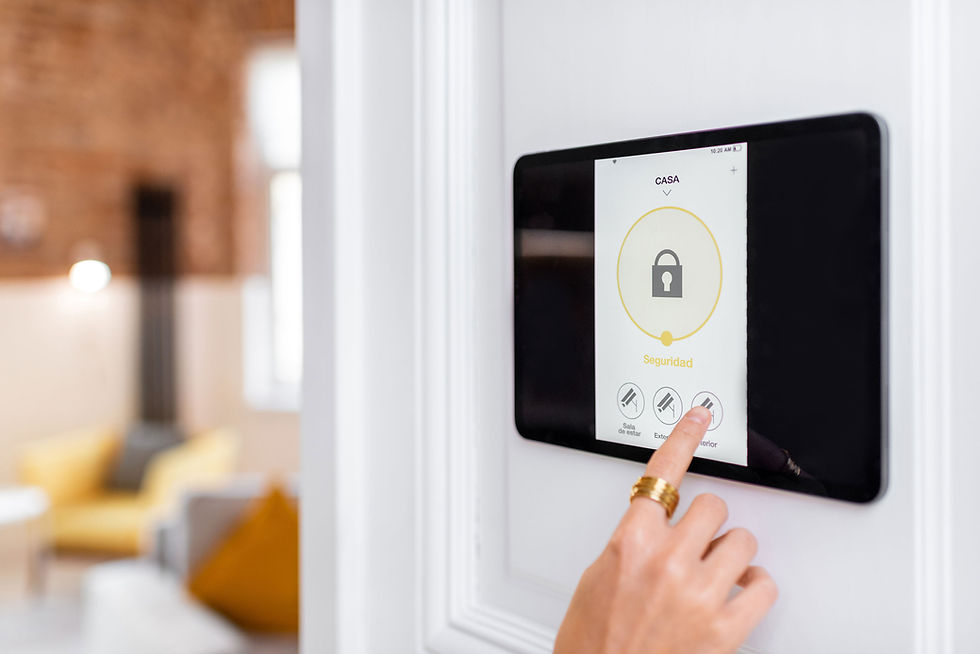Understanding Smart Homes and Automation
- Jennifer
- Mar 26, 2024
- 2 min read
Updated: May 10, 2024
A smart home is equipped with an interconnected system of appliances, lighting, heating, cooling, and multimedia devices that can communicate with one another and be controlled remotely. This is achieved through the internet, allowing homeowners to manage their home environments from anywhere in the world using smartphones, tablets, or voice commands.

Key Components of a Smart Home
Smart Thermostats: Regulate home temperature with precision, learning your habits over time for energy efficiency.
Intelligent Lighting Systems: Offer the ability to adjust the brightness and color of lights remotely or through automated settings.
Automated Security Systems: Include smart locks, cameras, and alarm systems that provide real-time alerts and remote monitoring.
Smart Appliances: From refrigerators that monitor food freshness to ovens that can be preheated remotely, these appliances add convenience to daily tasks.
Home Entertainment Systems: Allow for seamless streaming and control of music, movies, and television content throughout the home.
Voice Assistants and Hubs: Serve as the central point of control for all smart devices, enabling homeowners to manage their properties through voice commands.
Benefits of Smart Homes
Convenience: Control and automate daily tasks, saving time and effort.
Energy Efficiency: Smart devices like thermostats and lights adjust automatically, reducing energy consumption and saving on utility bills.
Enhanced Security: Real-time monitoring and notifications offer peace of mind, whether you're at home or away.
Personalization: Tailor your living environment to your preferences, creating scenes and routines that fit your lifestyle.
Accessibility: Makes homes more accessible for the elderly or those with disabilities, providing them with greater independence.
The Future of Smart Homes
The future of smart homes is geared towards even greater integration and intelligence. Developments in artificial intelligence (AI) and machine learning will enable smart homes to predict homeowner needs more accurately, offering proactive adjustments to lighting, temperature, and security. The Internet of Things (IoT) will expand the ecosystem of connected devices, leading to homes that are not only smarter but also more energy-efficient and environmentally friendly.
Moreover, as concerns about data privacy and security grow, future smart home systems will likely incorporate more robust security measures to protect homeowner information. Blockchain technology, for instance, could play a key role in securing device communication and user data.

Comments